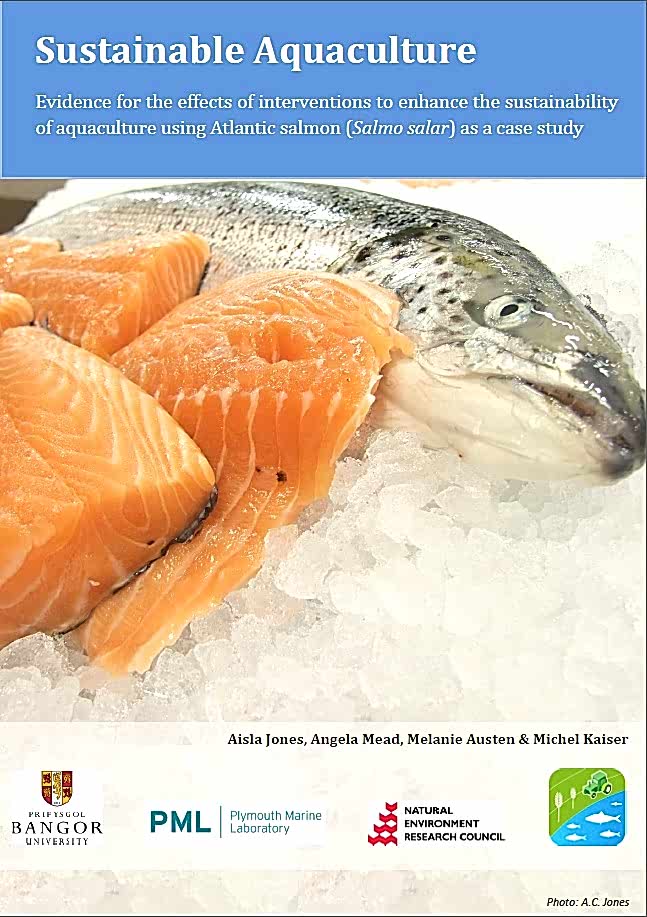Dry sludge in beds
Overall effectiveness category Awaiting assessment
Number of studies: 1
View assessment score
Hide assessment score
How is the evidence assessed?
Effectiveness
not assessedCertainty
not assessedHarms
not assessed
Study locations
Supporting evidence from individual studies
Two replicated experiments in Quebec, Canada in 2009 (Puigagut et al., 2011) found that treatment of freshwater fish farm sludge with sludge drying beds removed 95- 99% of total phosphorus (TP). The first experiment showed there was no difference in total phosphorus removed between sludge loading. The second experiment found that phosphorus leaching from sludge drying beds was 5 μg TP released per gram of total phosphorus regardless of sludge loading. For the first experiment, four sludge drying beds were set up at a rainbow trout farm; each consisted of a 1m2 reservoir filled with different types of river gravel (20cm) and a top layer of sand (20cm). Typha latifolia was planted on the sludge drying bed one year before the experiment at a density of 8 plants m2. During the experiment, the sludge drying beds were fed once a week with sludge from the fish farm at two concentrations (32 or 18 kg of dry matter per m2 year). The second experiment in a laboratory aimed to determine phosphorus leaching using 2L beakers containing 0.5L of sludge and 1.4 L of filtered pond water. Phosphate concentrations in sludge and pond water were monitored.
Study and other actions tested
Where has this evidence come from?
List of journals searched by synopsis
All the journals searched for all synopses
This Action forms part of the Action Synopsis:
Sustainable Aquaculture
Sustainable Aquaculture - Published 2013
Atlantic salmon Aquaculture Synopsis




















